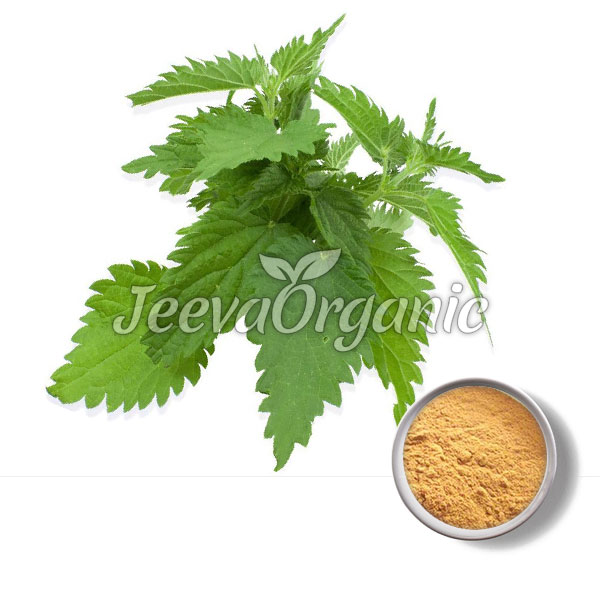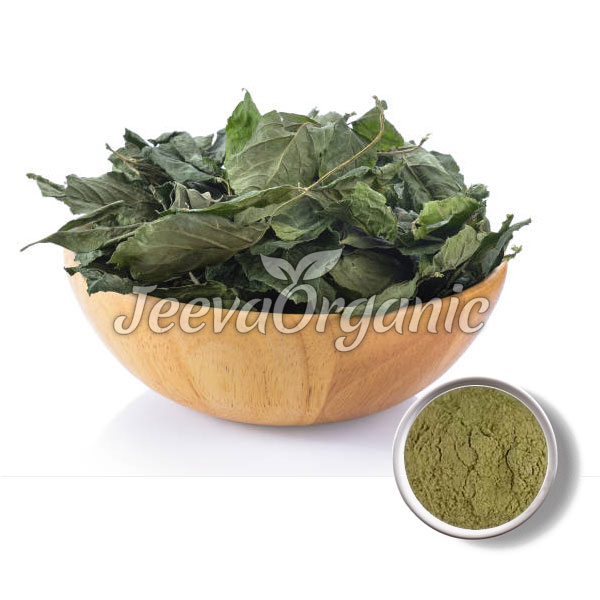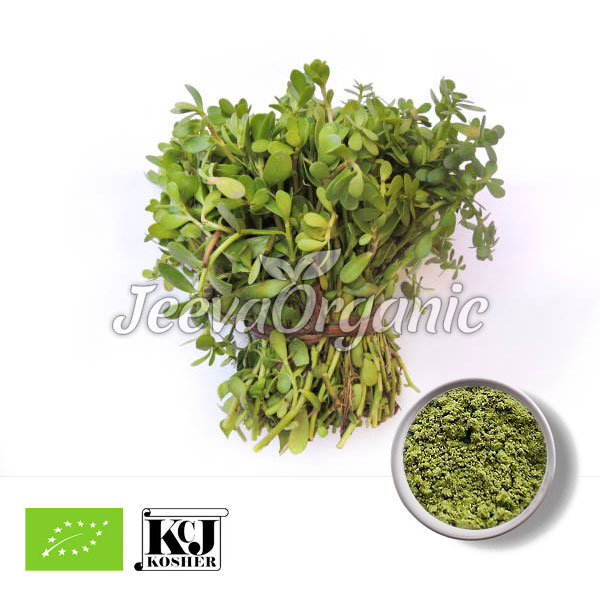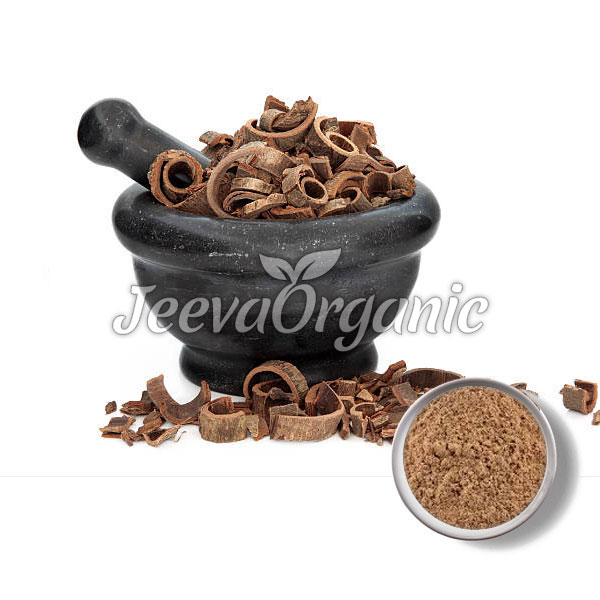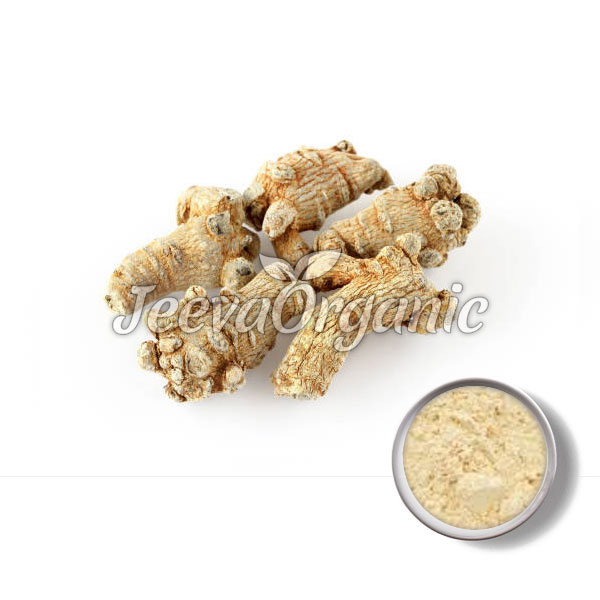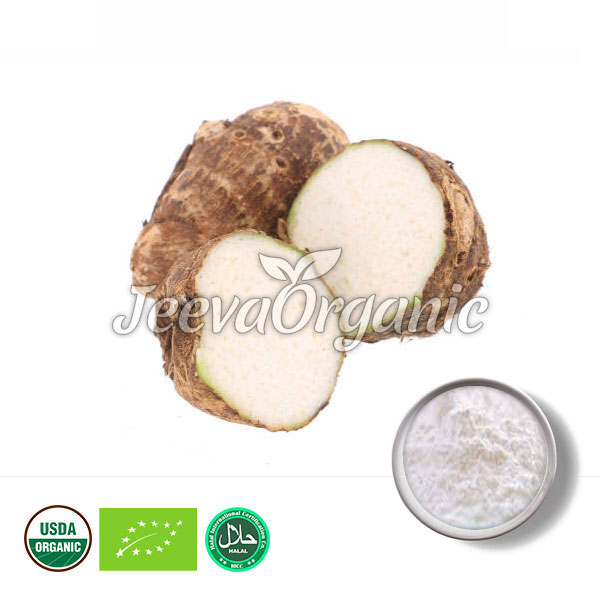- 1. Does stinging nettle smell badly?No, stinging nettle smells like any other green leafy plant. It does not have any bad or foul smell.
- 2. What are the plant parts used for the preparation of this stinging nettle powder?The aerial parts of the stinging nettle plant are generally used for the preparation of the powder, depending upon the end use. This stinging nettle powder has been prepared using the leaves of the plant.
- 3. How is the appearance of stinging nettle powder?This product is a fine, free-flowing, and greenish-brown powder with a characteristic odor and taste.
- 4. What part of the Nettle plant stings?The plant body is covered with tiny sharp hairs. If you happen to brush up against these hairs, they inject formic acid into the skin. This gives the skin a stinging sensation.
- 5. What is the assay method used here?The assay method used for this product is TLC.
- 6. Is any solvent used in stinging nettle extract powder 10:1?Hydro-alcoholic solvents are used during the extraction process of this powder.
Nettle Leaf Extract Powder 10:1
Botanical Name: Urtica dioica
Plant Part Used: Leaf
Processing Method: Drying, Grinding, Extracting
Otherwise known as Stinging nettle or common nettle, it is an herbaceous perennial plant. Commonly found in European countries, it is rich in vitamin A, vitamin C, potassium, manganese, and calcium. Carotenoids are mostly found in the leaves, where different forms of lutein xanthophyll, and carotene are present. Nettle leaf is known to aid a number of health conditions, including hay fever, low blood pressure, kidney stones, urinary tract infections, and enlarged prostate. It is also beneficial for osteoarthritis and diabetes.

